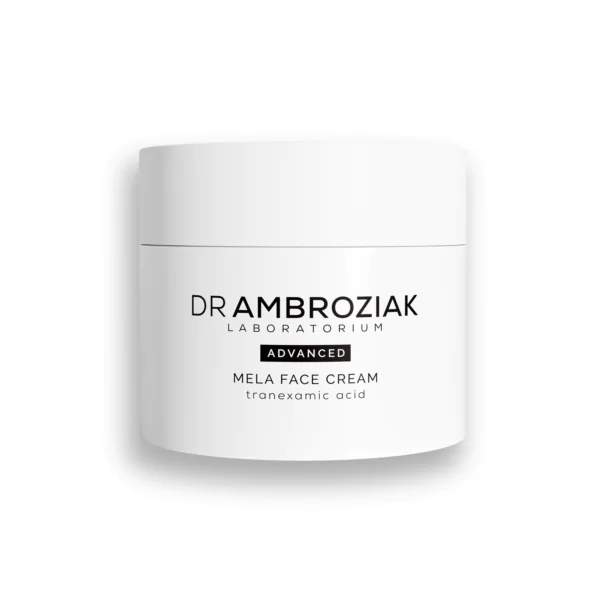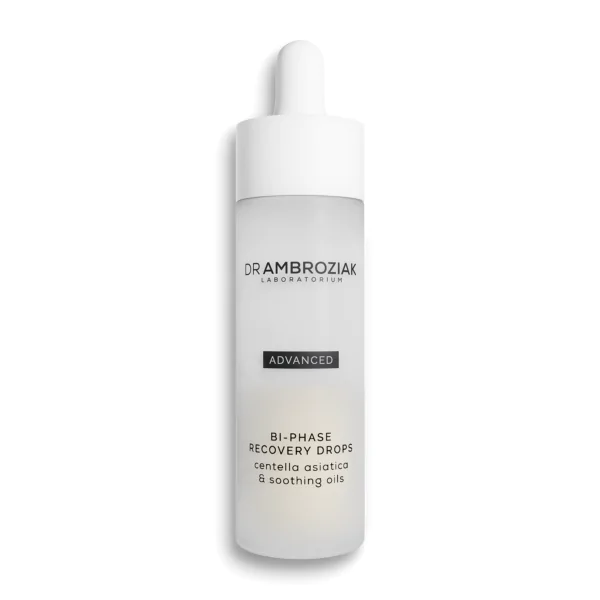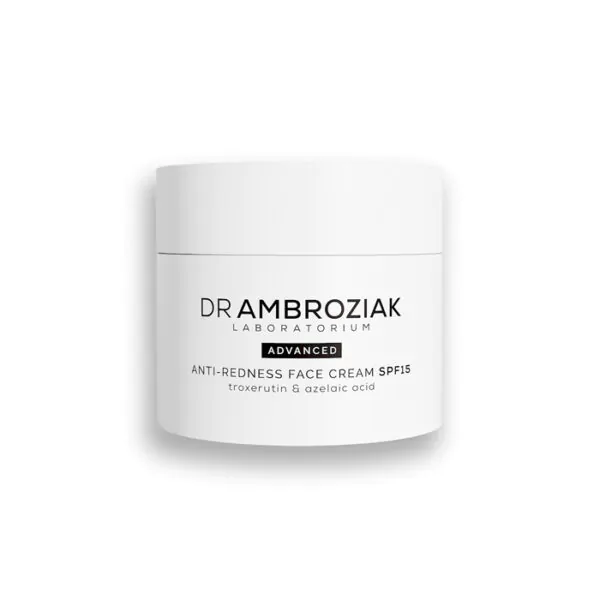Surgery of phimosis with simultaneous penile frenulum plasty
For many years now, Ambroziak Clinic's specialists have been performing surgeries of phimosis and penile frenulum plasty. Problems with phimosis affect many men of different ages, but thanks to the surgeries performed in our clinic, we solve them in such a way that our patients never have to feel discomfort or pain again.
Phimosis plasty is an operation in which the surgeon widens the opening of the foreskin. After consultation with a urologist at our clinic, the patient may be referred to surgery and, depending on the patient's age and medical history, the surgeon decides whether the operation will be limited to partial reduction of the foreskin or whether it will be completely removed.
Why is it worth it?
Thanks to local anaesthesia, the procedure is completely painless; it is a permanent solution and the professionalism of our specialists is an assurance that the patient will be satisfied and the problem of phimosis will disappear from his life forever. Simultaneous penile frenulum plasty performed together with the phimosis surgery guarantees the patient's comfort and no need to correct subsequent elements.
What do you need to know?
Location
Price
Problem solved
How often repeat
Duration time
Effects
The effect of phimosis surgery is a longer and stronger penile frenulum and lack of discomfort during penetration and erection. The scar after the operation is practically invisible, while convalescence is fast and painless. Phimosis treatment in Ambroziak Clinic is the best way to get rid of this problem effectively and safely.
Book consultation!
FAQ
The frenotomy surgery lasts only several minutes. During the procedure, the patient lies on his back and receives a local anaesthetic. Once the anaesthesia has taken effect, the surgeon proceeds with the operation. After the procedure, the patient can go home, but it is recommended that a companion drives the patient home because driving may be difficult.
If pain after the surgery is severe, you can take painkillers except those containing salicylic acid. Wipe the wounds with Octenisept but do not soak the dressings. After the procedure, do not drink alcohol, take salicylates or have sexual intercourse until the wounds are completely healed. Heavy physical exercise should also be avoided. The patient should follow the doctor's instructions and take medications prescribed. 5-7 days after the procedure, the patient should come for a check-up, but if any strong discomfort or pain occurs, he should visit the Clinic immediately.
Active infections, cardiorespiratory failure, severe liver disease, kidney failure, systemic diseases, blood coagulation disorders, autoimmune diseases, neoplastic diseases, radio and chemotherapy, epilepsy and other neurological diseases, ongoing antibiotic treatment
No, the procedure is performed under local anaesthesia.
No, the procedure does not need to be repeated.
We also recommend
Find the perfect treatment for you

Penile frenulum plasty












